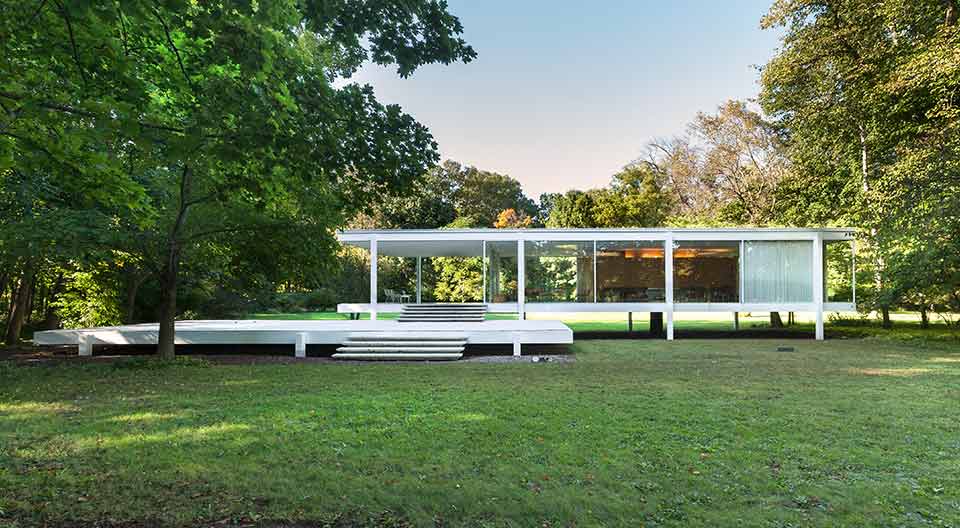
“Less is more”, a phrase adopted in 1947 by the German-American architect Ludwig Mies van der Rohe. He was one of the pioneers of the minimalistic architecture in the 20th century and is recognized by his simplistic architecture. Parametricism has another approach to architecture, with advanced forms and complex structures.
Parametricism is a style within contemporary architecture coined in 2008 by Patrik Schumacher, an architectural partner of the late Zaha Hadid, and was promoted as a successor to modern architecture. The style is well known for its parametric shapes and is a product of parameters and equation established by the possibilities advanced computer programs has provided. However, it is criticised for disregarding the functional and practical aspects of architecture. Architects prioritize designing something impressive and “new-thinking”.
Maybe the most crucial question the world of contemporary architecture should ask itself is; does parametricism improve architecture in any way? This style of architecture is only for the most advanced arenas of the world population. It is an expensive and time-consuming construction process. The parametric shapes must be specially constructed for the project. Functionality wise, parametricism cannot reveal some new revolutionary way of functionality Le Corbouiser and Alvar Aalto did not do 70 years ago.
No doubt, the architecture of the parametricism do look impressive, not even its biggest critics can say otherwise. However, is not simplicity preferable to complexity? A less complicated architecture is more understood and more appreciated than what is more complicated. Thus meaning the building should be stripped down of any extras and constructed on essentials of clarity, utility and effect.

Farmsworth house by Ludwig Mies van der Rohe